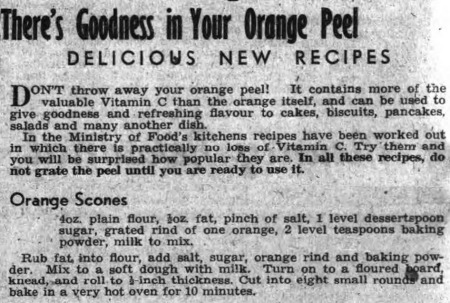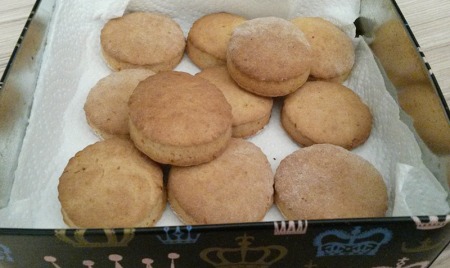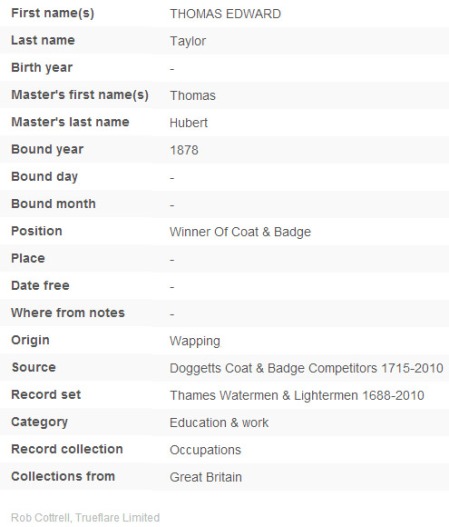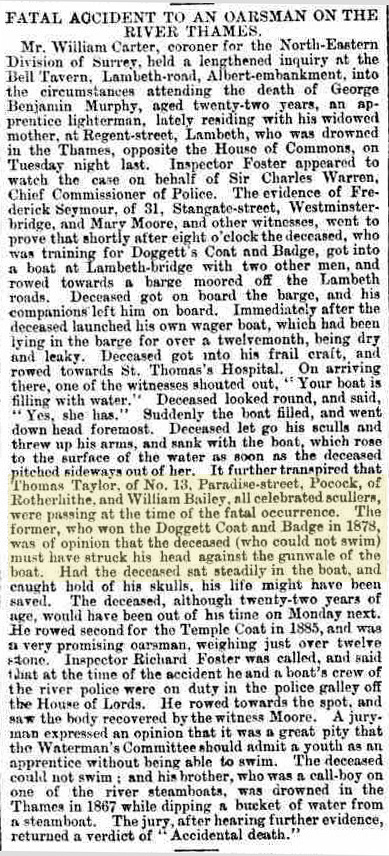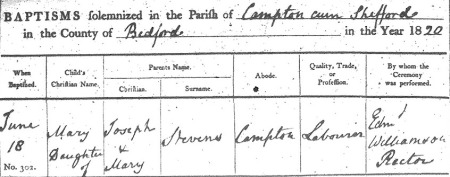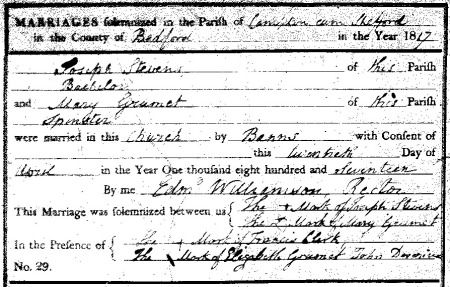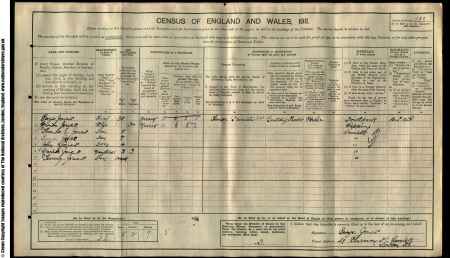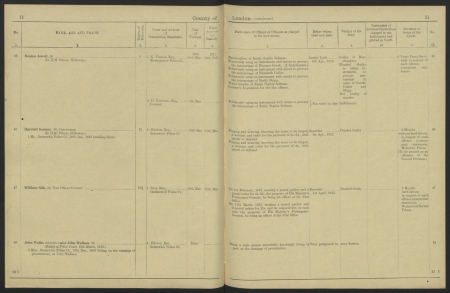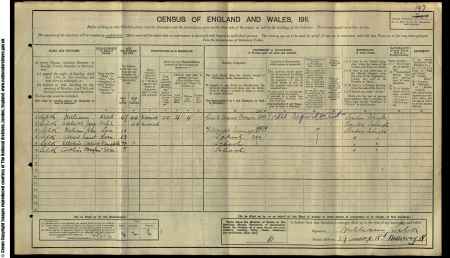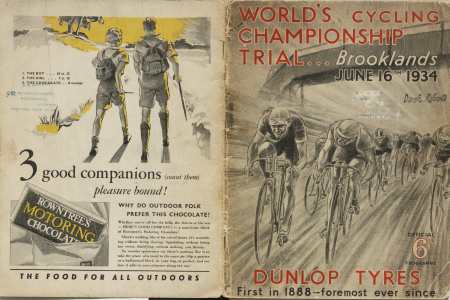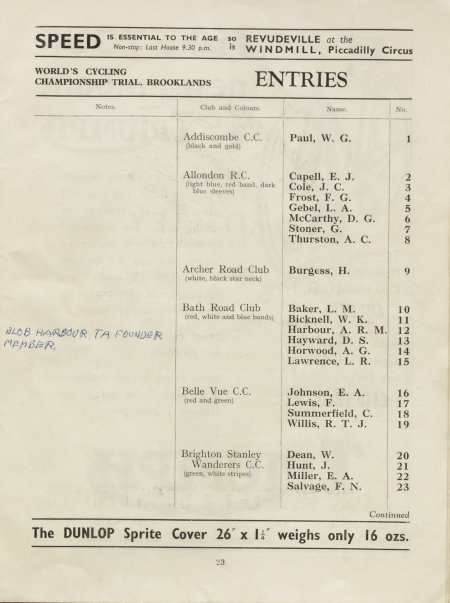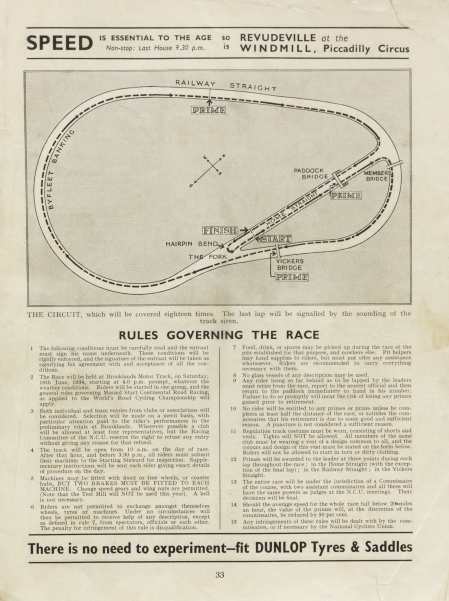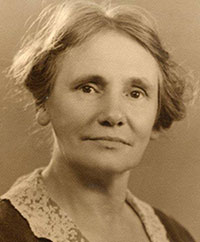
Maria Taylor
Earlier this year, I mentioned that there’s a family rumour about the father of my paternal great-great-grandmother, Maria Taylor.
My nan believes that Maria’s father once won a rowing race called the Doggett’s Coat and Badge.
What was the Doggett’s Coat and Badge?
The Doggett’s Coat and Badge race is the oldest rowing race in the
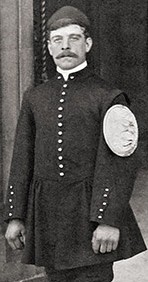
Doggett’s Coat and Badge winner
world. It was set up and funded by the comedian Thomas Doggett and has been held on the River Thames since 1715. Unbelievably, it’s still going today!
Every year, six Thames Watermen who had recently completed their apprenticeships raced from The Old Swan pub at London Bridge to The New Swan pub at Chelsea. Watermen appear to have been similar to taxi drivers, rowing passengers along and across the river.
The prize was an orange coat, a silver badge and the winner also apparently became a Royal Waterman. This ties in nicely with another family rumour about Maria Taylor’s father – that he once took Queen Victoria across the River Thames.
Thomas Edward Taylor, Thames Waterman
I was introduced to Maria Taylor’s father for the first time on her marriage certificate. My nan has a copy of this in her possession, so I didn’t need to order it from the General Register Office.
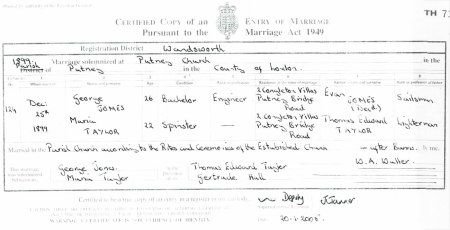
George Jones and Maria Taylor’s marriage certificate – please click to enlarge
The marriage certificate shows that Maria married my great-great-grandfather George Jones at Putney Church on Christmas Day in 1899. My nan believes it wasn’t unusual for people to get married on Christmas Day, as it was often one of the only days they had off of work.
Thomas Edward Taylor is recorded as being Maria’s father – my great-great-great-grandfather. According to the certificate, he was employed as a Lighterman. Lightermen were similar to Watermen, transporting goods across the River Thames, so this occupation fits in with the family rumour.
I’ve traced the family through the census records at findmypast and have also found Thomas listed as a ‘Lighterman Waterman’ in many of the records. Here he is in the 1891 census, living at 51 Paradise Street, Lambeth with his wife and six children (including a 13-year-old Maria):

The Taylor family in the 1891 census – please click to enlarge
Next steps
My initial investigations seem to show that there could be some truth behind my family rumour. Thomas Edward Taylor had the right sort of occupation to have won the Doggett’s Coat and Badge race.
My next challenge is to see whether any records about the race and the Watermen who took part in it survive.

